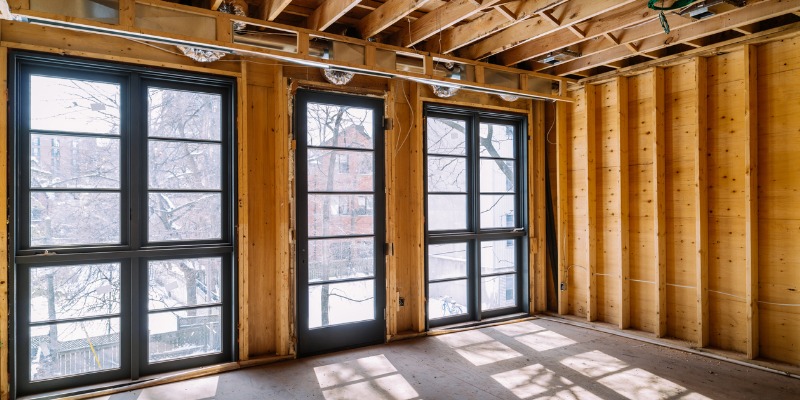Whether you’re adding a new room or a whole other floor, one thing that you’ll need to decide is how the new space will be cooled and heated. Fortunately, there are many different HVAC options to consider. Here’s what you need to know about each of the most common options.
1. Adding onto existing HVAC system
For larger home additions, adding onto the existing HVAC system is often the best option. If the current HVAC system has enough capacity to cool the additional space, heating and cooling the addition is simple. Ductwork just needs to be installed to flow air into the new space.
By adding onto the existing HVAC system, all components are hidden, which makes this a visually appealing option. It also creates a seamless transition from room to room.
Be aware that adding new ductwork can be costly because it’s labor intensive. It’s easier if ductwork is installed before the addition is complete.
2. Ductless mini-split systems
Over the last few years, ductless HVAC options have become increasingly popular. Ductless mini systems are split into two parts, including an interior air handling unit and an exterior condenser unit.
The inside unit is typically installed high on the wall. Temperatures and other settings are remote controlled for ease and convenience. These units also allow you to set custom temperatures in different zones.
When compared to other heating and cooling options, homeowners find that ductless mini-split systems are:
- More affordable than installing a new HVAC system
- Extremely flexible
- Energy efficient
- More attractive than window or through-the-wall units
These systems are also one of the best HVAC options for old houses.
3. Window unit air conditioners
Window unit air conditioners are ideal for keeping small spaces cool. Modern window units can also be used to heat a space as well. What’s nice about this option is that it’s extremely inexpensive and can be installed in a matter of minutes.
However, there are some drawbacks to consider. Window units aren’t exactly discreet or attractive. They’re also only meant to cool relatively small spaces. Depending on the size of your addition, you may need several units.
4. Through-the-wall air conditioners
Through-the-wall air conditioners are similar to window units, except that they’re installed in an exterior wall. They too can be used to cool and heat an addition.
Though more expensive, through-the-wall air conditioners don’t impact window space and can be used to cool or heat slightly larger spaces.
However, these air conditioners require cutting into an exterior wall. Installation is also more complex.
How to choose the right system for your home addition
There are many factors to consider when deciding which HVAC option is best for your home addition. Most importantly, think about the size of the addition. Larger additions require more powerful units.
You’ll also want to consider your budget. How much can you comfortably afford? Other factors, such as appearance and convenience, should also be considered.
Talk to the pros about your HVAC options
Unsure of the HVAC options for your home addition? At RB Heating ClimateCare, we can help. Call our experts today!
Article updated, 2023.







